Author: Heritage.Defi, Crypto KOL
Compiled by: Felix, PANews (This article has been edited)
"Everyone is asking, what can artificial intelligence do? But the real question is, what happens when artificial intelligence has a physical form?"
The narrative in the field of robotics has finally reached a significant turning point, with capital beginning to take notice, and related narratives are hotter than ever, with more builders emerging. However, robotic technology (especially now integrated with artificial intelligence and Web3) is still in its early stages of development.
Before exploring a decentralized robotic economy, a fundamental question needs to be answered: What exactly is a robot?
A robot is a programmable machine designed to autonomously or semi-autonomously perform specific tasks. They interact with their environment using sensors, actuators, and control systems, adapting to different conditions as needed.
In short, a robot is like a smart assistant toy. You tell it what to do, and it remembers. It has "eyes" (called sensors) to observe its surroundings, "hands and feet" (called movable parts), and a "brain" to help it decide how best to complete tasks such as cleaning, building, or even dancing alone or with your help.
Over the years, the development of robotic technology has far exceeded the realm of factory robotic arms. Today, robots come in various forms and serve vastly different purposes.
Below are the classifications of robotic technology and their practical application cases.
1. Industrial Robots
Industrial robots are automated machines used for high-precision, high-repetition tasks such as welding, painting, assembly, and material handling. They are designed to operate in manufacturing environments and typically work in conjunction with CNC machines, conveyor belts, and automated storage systems.
2. Articulated Robots
Articulated robots are multi-jointed robots that resemble human arms and sometimes even exceed human arm capabilities. They can have up to ten rotating joints, providing extreme flexibility to perform complex movements in various directions. These robots are commonly used in the automotive industry for assembly and sorting tasks and can work in tight spaces.
3. SCARA Robots
Selective Compliance Assembly Robot Arm. They have a unique mechanical structure consisting of two parallel arms connected at a joint at a right angle. This allows SCARA robots to move horizontally and are known for their high speed and reliability. SCARA robots are often used in manufacturing and assembly processes, such as pick-and-place operations.
4. Service Robots
Service robots work in homes, hospitals, hotels, and other locations, responsible for various tasks ranging from cleaning floors to delivering packages. They are designed to assist humans and typically operate in a semi-autonomous or fully autonomous manner. These robots focus on practical real-world tasks rather than industrial applications. Some help with household chores, some optimize logistics, and some even provide customer service.
Examples of service robots:
Cleaning robots: The traditional Roomba is an example, capable of navigating autonomously and avoiding obstacles to clean floors.
Delivery robots: These robots are used in warehouses, hospitals, and even food delivery services, efficiently transporting goods without human intervention.
Medical robots: When precision is crucial but human hands are not steady enough, medical robots come into play. These robots can truly change lives.
5. Exploration Robots
Exploration robots are designed for extreme environments, helping scientists and engineers study places that are too dangerous or remote for humans. These robots must operate under harsh conditions while collecting data critical for research and technological advancement.
Examples of exploration robots:
Mars rovers: NASA's "Perseverance" and "Curiosity" traverse the Martian surface, analyzing soil and searching for signs of past life.
Deep-sea submersibles: Alvin and Triton submersibles dive into the deep sea to discover species and shipwrecks at depths unreachable by divers.
6. Humanoid Robots
Some robots not only perform human tasks but also resemble humans. Humanoid robots mimic human movements, expressions, and even speech, making them useful in customer service, research, and companionship.
These robots are designed to have a human-like appearance, with arms, legs, and sometimes even oddly expressive faces. They are typically equipped with artificial intelligence, capable of understanding language, recognizing emotions, and interacting naturally with people.
Examples of humanoid robots:
ASIMO: A bipedal robot that can walk, run, and even serve drinks.
Atlas: A parkour robot developed by Boston Dynamics, moving more like a superhero than an ordinary machine.
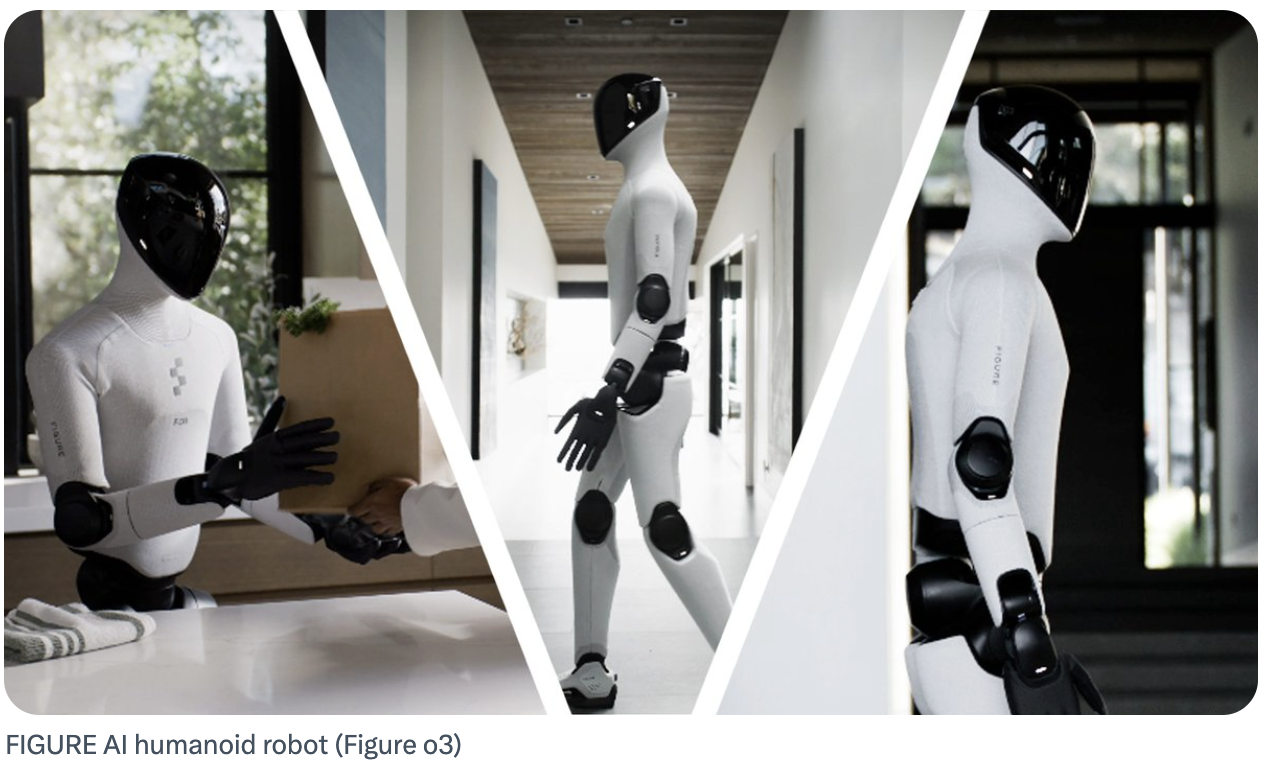
7. Educational Robots
Some robots can build cars, while others can build minds. Educational robots make STEM subjects (Science, Technology, Engineering, and Mathematics) more engaging by allowing students to experience programming, engineering, and artificial intelligence firsthand. These robots are designed for classrooms and research labs, teaching programming, robotics, and problem-solving skills interactively. They help students understand complex concepts while having fun.
Examples of educational robots:
LEGO Mindstorms: A beginner-friendly robot kit that allows students to build and program their own robots.
NAO robot: A humanoid robot used in classrooms worldwide to teach programming, artificial intelligence, and even human-robot interaction.
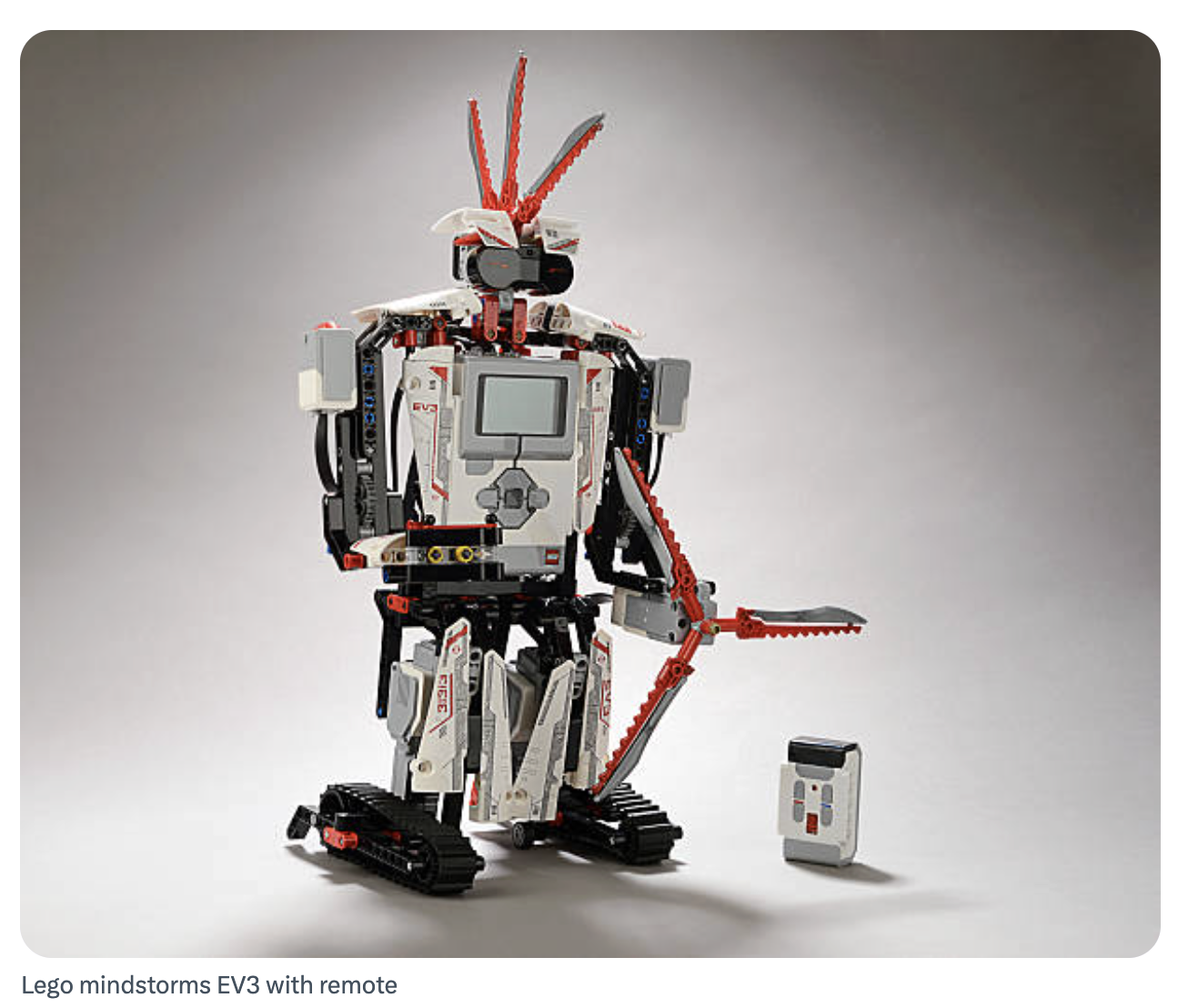
8. Companion Robots
Not all robots are designed for work; some are designed for companionship. Companion robots provide emotional support, entertainment, and even therapy, playing important roles in elder care, mental health, and daily interactions. These robots are designed for social or therapeutic interaction with humans. They are equipped with artificial intelligence, facial recognition technology, and sometimes even have soft exteriors like pets, making them more appealing.
Examples of companion robots:
Paro: A robotic baby seal that helps alleviate stress in hospitals and nursing homes.
Lovot: A small, huggable robot designed to form emotional connections with its owner.
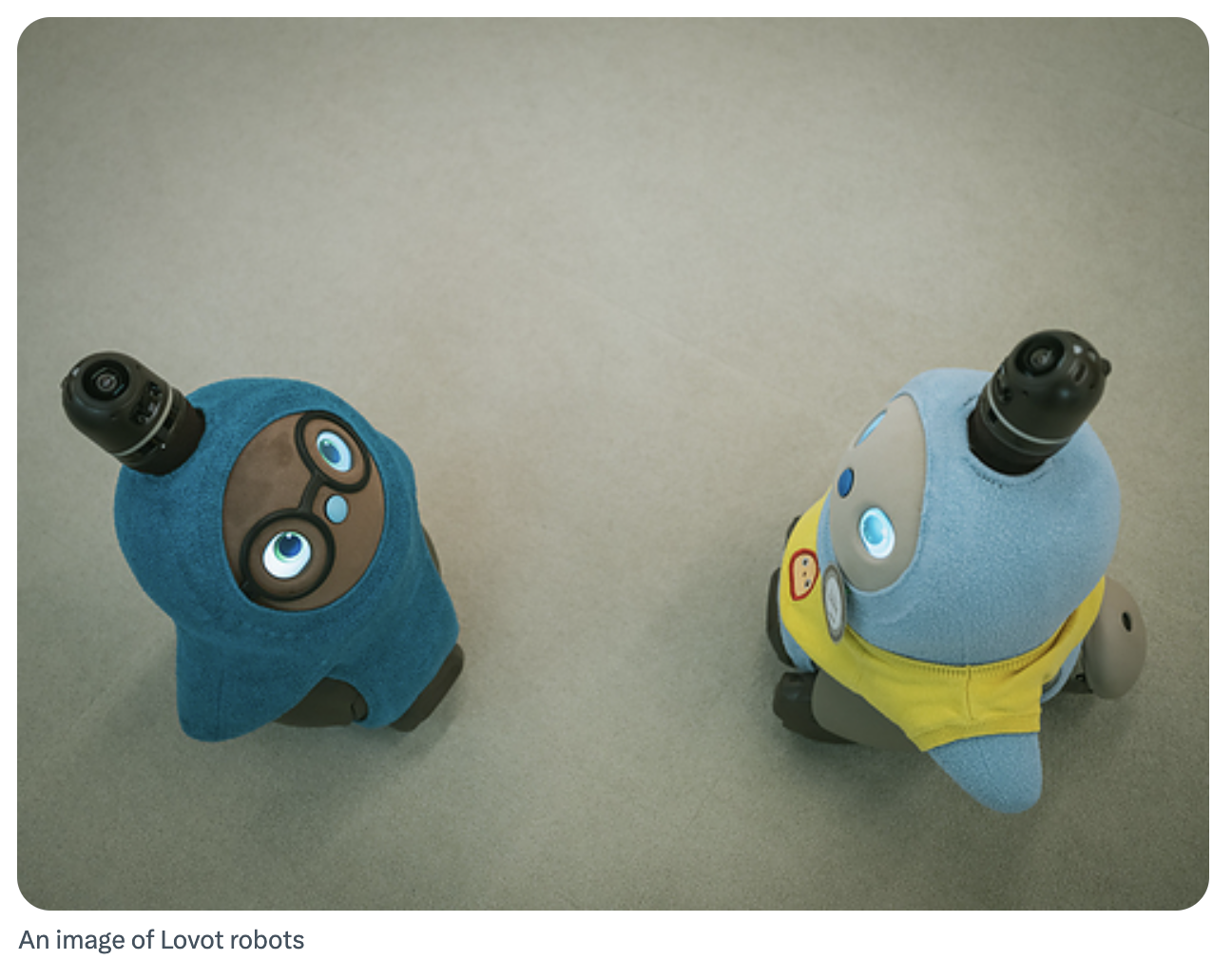
9. Autonomous Mobile Robots
Self-driving cars are no longer a distant dream; they are already on the roads, navigating warehouses, and even delivering goods. Autonomous vehicles (AVs) utilize AI, cameras, and sensors to achieve driverless operation, becoming significant players in transportation, logistics, and industrial sectors.
These vehicles can perceive their surroundings and make driving decisions autonomously without human control. They rely on lidar, GPS, and real-time data processing to respond to their environment.
Examples of autonomous vehicles:
Self-driving cars: Companies like Tesla and Waymo are pushing for the application of fully autonomous vehicles on public roads.
Autonomous drones: Used for monitoring, delivery, and even in agriculture.
Autonomous forklifts: Used in warehouses to handle goods with extreme precision.
10. Collaborative Robots
Collaborative robots can work safely alongside humans, handling repetitive tasks and allowing humans to refocus on higher-level activities. Unlike traditional industrial robots that require safety cages, collaborative robots are equipped with sensors and force-limiting features to prevent serious accidents.
Collaborative robots can share workspace with humans, providing assistance in manufacturing, assembly, and even healthcare. They are easy to program, highly flexible, and ideal for companies looking to automate without extensive infrastructure changes.
Examples of collaborative robots:
RO1 from Standard Bots: A state-of-the-art six-axis collaborative robot designed for machining workshops, featuring top-notch precision, AI-driven automation, and easy operation without programming. It is a versatile robot capable of performing tasks from CNC machine operation to fine assembly.
UR series from Universal Robots: The most popular collaborative robots in the industry, known for their plug-and-play simplicity and flexible deployment.
Sawyer from Rethink Robotics: Renowned for its precision tasks in assembly and quality control.
11. Swarm Robots
Swarm robots are small, independent robots that communicate and coordinate like a hive, capable of handling complex tasks that a single machine cannot accomplish. These robots are inspired by ants, bees, and birds, allowing them to move, adapt, and solve problems collectively.
The core of swarm robots lies in their numbers and teamwork. They do not rely on a single leader but follow simple rules to build intelligent distributed systems. If one robot fails, the others continue to work.
Examples of swarm-capable robots:
Kilobots: Miniature research robots used to study collective behavior and self-organization.
RoboBees from Harvard University: Miniature flying robots designed to mimic bee behavior for pollination and search and rescue.
BionicAnts from Festo: Robotic ants that collaborate using swarm intelligence to complete tasks.
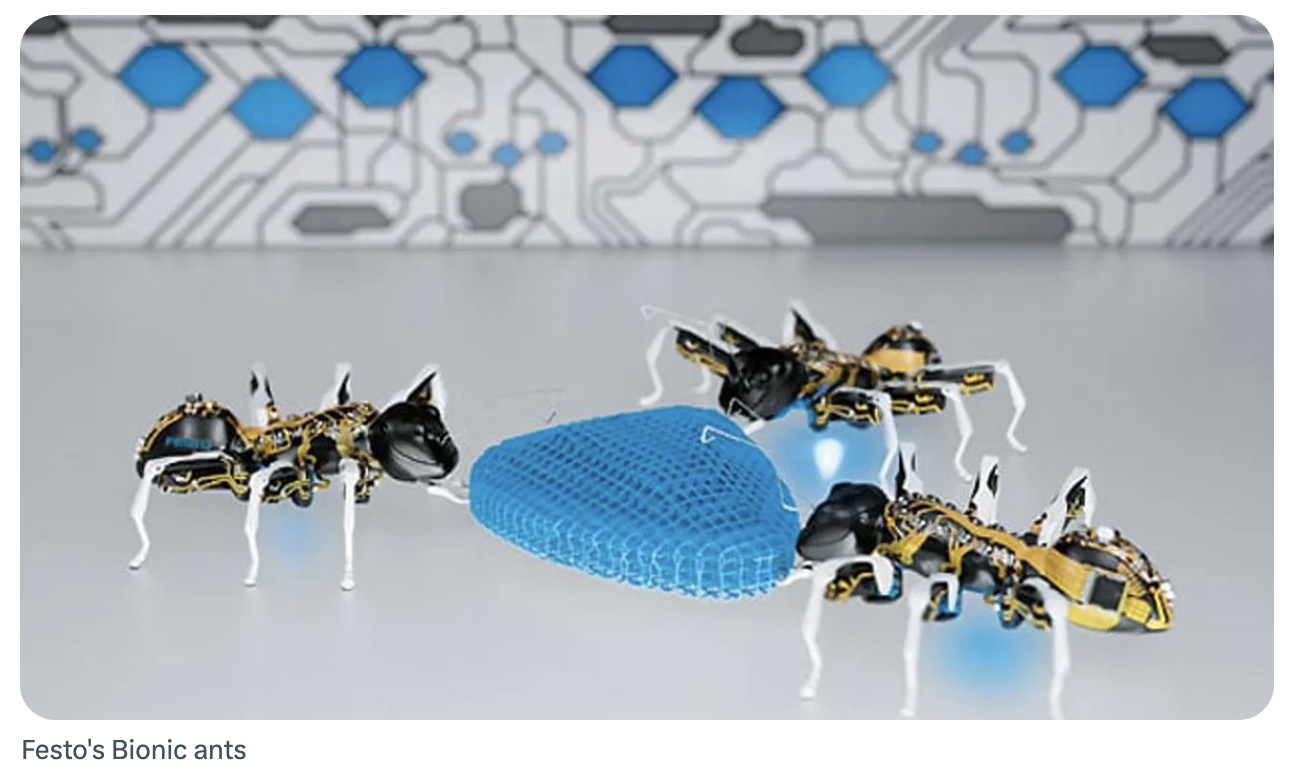
12. Soft Robots
Soft robots abandon rigid frameworks, using flexible, soft materials that allow them to stretch, bend, and adapt to their surroundings. Inspired by biology, their movement resembles that of octopuses, making them well-suited for handling fragile items and navigating unpredictable environments. Soft robots do not use traditional motors and gears but instead utilize air pressure, fluid motion, and smart materials to change shape and adapt to their environment.
Examples of soft robots:
Octobot: A fully soft robot inspired by artwork, designed with a focus on flexibility.
Soft robotic grippers: Used in food handling and medical applications that require a gentle touch.
Festo's bionic soft hand: A mechanical hand with soft, adaptive fingers that can grasp objects like a human.
13. Nanorobots
Nanorobots operate at the microscopic level, small enough to swim in your blood or break down pollutants at the molecular level. Although they sound like something out of science fiction, they are gradually approaching real-world applications, especially in the fields of medicine and environmental science.
These ultra-microscopic machines can perform high-quality work in areas where precision is crucial. Most are still in the research and development stage, but they have the potential to revolutionize various fields, from drug delivery to industrial cleaning.
Examples of nanorobots (prototypes and theoretical):
DNA nanorobots: Microscopic robots constructed from DNA strands that can deliver drugs to specific cells like GPS-guided syringes.
Microbial robots: A conceptual nanorobot designed to move in the bloodstream and eliminate harmful bacteria.
Environmental cleaning robots: Theoretical nanorobots that can break down pollutants in water and air at the molecular level.
14. Reconfigurable Robots
Reconfigurable robots can change their shape based on different tasks. Some modular robots fit together like high-tech LEGO blocks, while others can change form without disassembly.
These transforming machines excel in scenarios that require flexibility and adaptability; moreover, they can operate autonomously. Their reconfiguration capabilities make them indispensable tools across multiple fields.
Examples of reconfigurable robots:
Roombots: Deformable furniture robots that can be assembled into chairs, tables, or anything you need, then reconfigured into new shapes.
Molecubes: Cube-shaped robots that can twist, rotate, and even self-replicate, paving the way for machines that can build themselves.
PolyBot: A modular marvel that can slither like a snake or form new shapes, easily navigating rugged terrain.
15. Cartesian Robots
Also known as Gantry robots, Cartesian robots operate similarly to a three-dimensional grid. Their flexibility provides precise control over linear movements. They are used for pick-and-place tasks, CNC machining, and 3D printing.
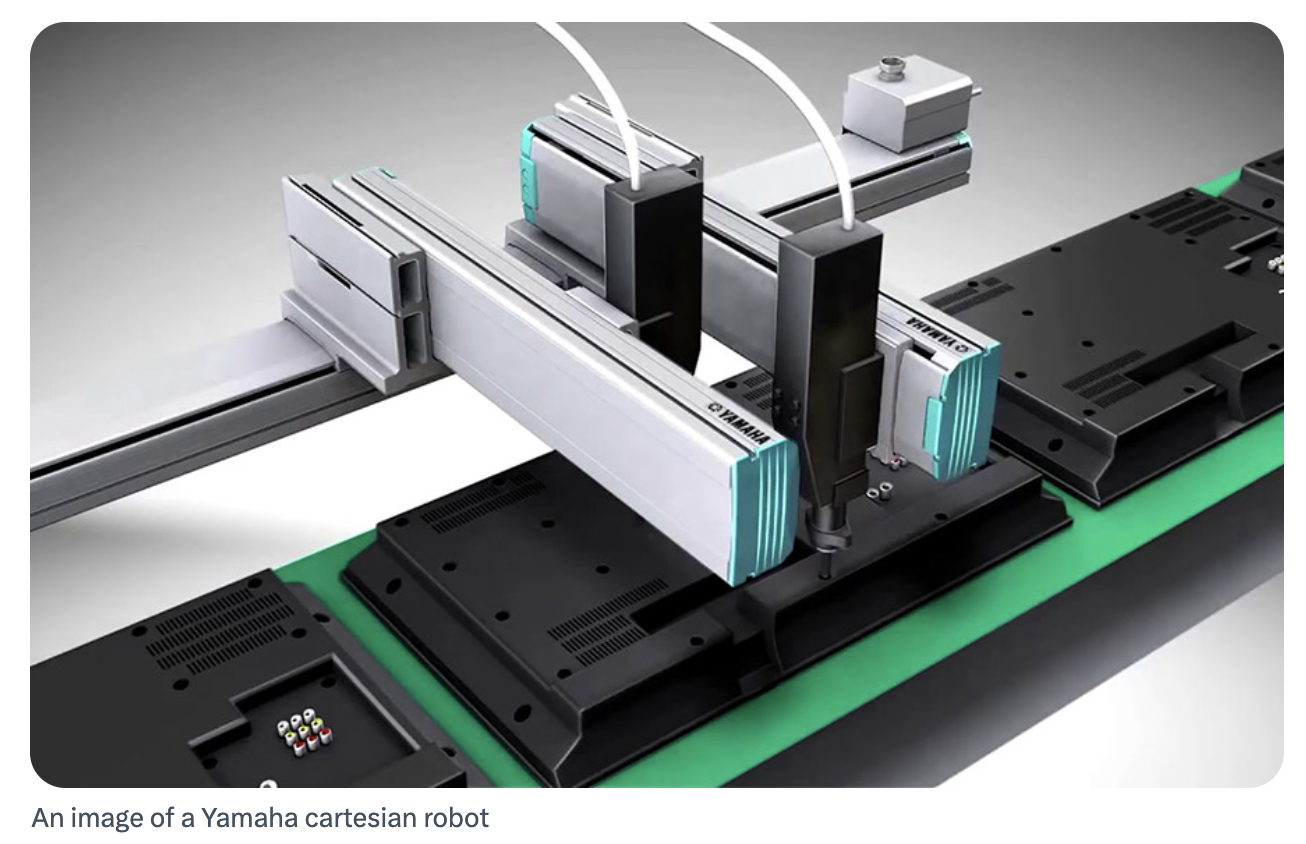
Historically, robots were designed to execute commands. In the past, robots were like very obedient workers, doing only what you told them to do, no more, no less. But they are now gradually evolving from mere action to true cognition.
Thanks to artificial intelligence, robots are beginning to resemble teammates rather than tools; they are starting to think, learn, adapt, and collaborate.
The next evolution is not only mechanical but also cognitive. When artificial intelligence, robotics, and Web3 are combined, something entirely new emerges.
An entity capable of working, thinking, and trading autonomously in a robotic economic system is where OpenMind comes into play.
OpenMind combines robotics with AI cognition and decentralized intelligence, redefining how robots learn, adapt, and collaborate through the following means:
Decentralized cognitive layer: OpenMind enables robots to securely access shared intelligence in decentralized networks rather than relying on centralized data silos. This means faster learning, safer coordination, and more autonomous decision-making.
General artificial intelligence integration: OpenMind is pioneering general artificial intelligence for robots, creating agents capable of reasoning, planning, and evolving beyond pre-programmed tasks.
Integration of robotics and Web3: By combining AI robotics with blockchain verification, OpenMind ensures transparency, verifiability, and interoperability among robotic ecosystems.
Economic advantages: OpenMind opens the era of the robotic economy, where intelligent robots can autonomously provide services, execute tasks, and even engage in transactions, creating a new realm of machine-driven productivity.
OpenMind is dedicated to building the brains of intelligent machines, while XMAQUINA focuses on constructing the economic and ownership layers, returning power to the public.
XMAQUINA is a DAO with the mission of democratizing the use of robots, humanoid machines, and physical artificial intelligence. The DAO holds a multi-asset treasury, including investments in private robotics companies, real-world assets, and crypto assets.
XMAQUINA envisions a "robotic economy launchpad" aimed at allowing developers and communities to create SubDAOs (specific asset DAOs) to co-own specific robotic assets or companies and achieve on-chain governance.
XMAQUINA is working to engage global communities in the governance, investment, and co-ownership of robotics and physical AI development, rather than limiting it to large enterprises.
The development of robotic technology is not a fleeting hype cycle. It is a fusion of three of today's most powerful forces: artificial intelligence, automation, and decentralized systems.
Traditional robots have increased productivity, while the next generation of robots will transform labor, ownership, and value creation. Those who understand this early will not only ride the wave but also help build a new machine economy. The narrative has arrived, and the infrastructure is forming.
Related reading: The Robotic Economy Becomes a New Trend in Crypto, Overview of 12 Popular Concept Coins
免责声明:本文章仅代表作者个人观点,不代表本平台的立场和观点。本文章仅供信息分享,不构成对任何人的任何投资建议。用户与作者之间的任何争议,与本平台无关。如网页中刊载的文章或图片涉及侵权,请提供相关的权利证明和身份证明发送邮件到support@aicoin.com,本平台相关工作人员将会进行核查。




